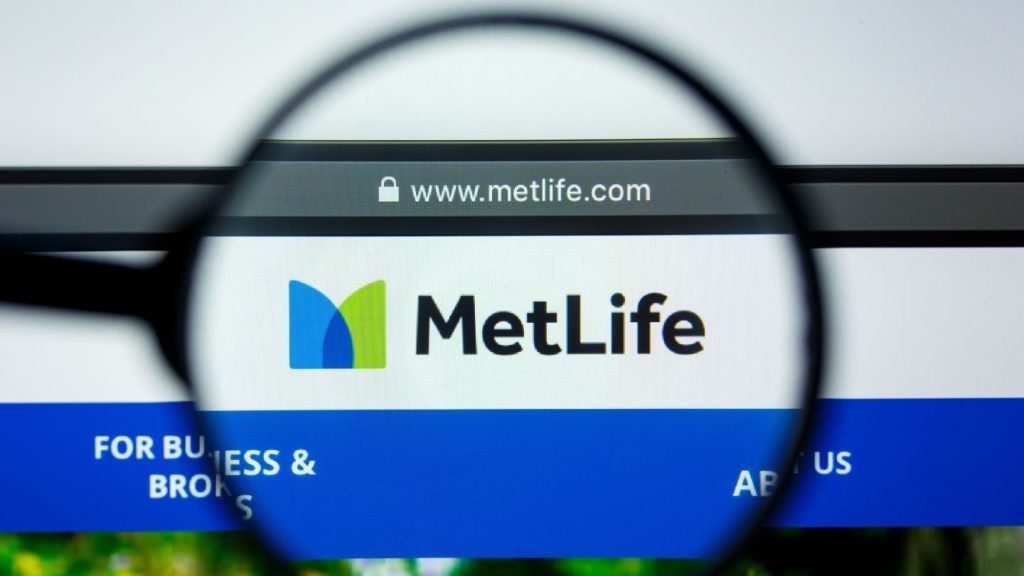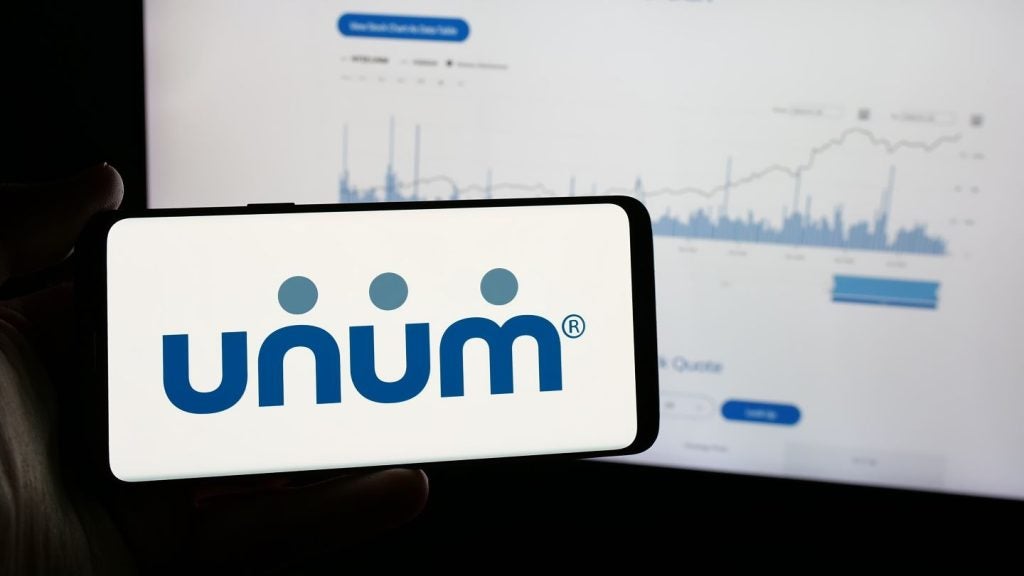The growing feeling from insurance companies is that they are increasingly finding themselves completely disintermediated from the end customer, according to Mark Broadhurst, European sales director at insurance software provider Intellect SEEC.
With the changing buying demands of the customer increasingly driven by technology, Broadhurst explains there is no longer a fundamental requirement to deal with an insurance company.
Furthemore, he says the opportunity to provide a more simplistic offering for the mass market on a direct to consumer basis is evident.
Having endured the fallout from the global economic crisis and regulatory headwinds, life insurance companies still face challenges on a number of fronts.
Much has been debated over the issue of the industry’s regulation, solvency requirements, poor investment returns and spiralling cost of administration due to ailing legacy systems.

US Tariffs are shifting - will you react or anticipate?
Don’t let policy changes catch you off guard. Stay proactive with real-time data and expert analysis.
By GlobalDataTechnology
With the rise of digital innovation and the need to intrinsically embed data across the business, many might have been forgiven for allowing legacy modernisation to become a key corporate goal.
However, I am not convinced that replacing legacy systems with a brand new shiny master data management capability and a holistic platform solution is the best option for the future.
The reality is probably somewhat different as the return on the capital employed to deliver such capabilities, require a capital investment mentality that exceeds the tenure of the CEO, CFO and CIO.
Therefore, when the issue of developing or enhancing a new enterprise solution gets to group board level, the perceived risks counterbalance the potential investment returns.
There are four or five examples in the industry where this has been the case. It leaves those who are examining their strategy on how to deal with the issues around legacy asking themselves just how it can be achieved.
By their nature, legacy systems are not modern and cannot provide the architecture and the infrastructure to link to Mobile, Web and Android. However, what they can do is provide a very good binary back-office processing and storage capability.
Therefore, the solution has to centre around how an insurer can access and utilise the data stored on those systems in a way in which it can be quickly and seamlessly integrated onto the modern technology platforms that we now take for granted as part and parcel of our lives.
Disintermediation
A second challenge is the growing feeling from insurance companies, with a solid basis in fact, that they are increasingly finding themselves completely disintermediated from the end customer.
These days, with the changing buying demands of the customer increasingly driven by technology, there is no longer a fundamental requirement to deal with an insurance company.
Buying decisions
In many ways it is speed and access that are driving the buying decisions, and we are now experiencing digital solutions in other industries that deliver a combination of these attributes. Whilst price is still a major catalyst for customers, it is clear that digital engagement is critically important.
What insurers are faced with now is the fact that in today’s market what is needed to provide insurance cover is a product, a policy wrapper, funds, and someone to do administration.
Breaking this down into the component parts, can an insurance company provide them all? Of course it can. But, so can a service provider.
So the days of an insurance company charging a wrapper fee; an administration fee; a fund management fee and combining those fees into an overall charge for the investment are over.
Insurance companies have switched their focus to holistic investment solutions such as WRAPs, where they can control a larger share of assets under management (AUM) for the entire portfolio. Wealth Management business and Corporate Pensions have allowed these carriers to disguise the changing dynamic of disintermediation.
The positive effect of the Retail Distribution Review (RDR) has given greater transparency and value for the customer. However, the polarisation of flight to quality has seen insurance companies lose further focus of the direct to consumer channel, at a time when this very sector has become more isolated from access to advice.
Less affluent customers
IFAs are not focusing as much time on less affluent customers with under £50,000 to invest, as the profitability from this sector is too small.
Therefore we have seen a flight to Wealth Management of higher net worth individuals who have greater complexity. This enables the IFA to meet the more comprehensive demands of the customer, and provide value for money as a percentage of AUM.
In summary, the opportunity to provide a more simplistic offering for the mass market on a direct to consumer basis is evident. The problem is the lack of systems and technology in this market which has been compounded by the channelling of 20 years expenditure on technological solutions in the intermediated channels.
However they are structured, the insurers’ low cost self-servicing models will need to allow access to guidance and insurance products, whilst allowing the consumer the ability to meet his financial needs in a low cost economic environment.
We have seen major life offices looking at the robo advice model and while there has been a degree of success the regulators are still yet to be fully convinced that the level of transparency that encompasses automated advice fits with its aim of treating the customer fairly.
Insurers and the regulators are discussing how transparency can be delivered, whilst the former are encouraging the regulator to balance its aims with the regulatory effect on pricing for the consumer.
Recent trends demonstrate the green shoots of a more collaborative approach between the regulator, insurance sector and those offering FinTech solutions. The industry has demonstrated its ability to find positive outcomes when faced with similar issues.








